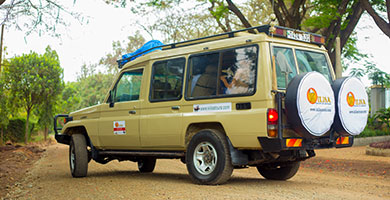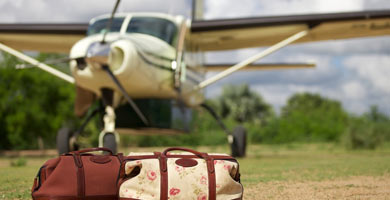January to March and June to October
MT Kilimanjaro Climbing
1,688 km2
Mount Kilimanjaro National Park houses Mount Kilimanjaro, standing at 5,985 meters tall, the most indispensable mountain peak of Africa and the world’s tallest unattached mountain. Mount Kilimanjaro is a standout amongst the most eminent sights in Africa, organized toward the east of Arusha and north of the nearby area of Moshi.
The Kilimanjaro national park has grouped vegetation that modifies step by step as you ascend to climb Kili’speak. The vegetation of the amusement focus comes to from the Savannah glades to the montane forest inciting the heath region and moorlands to hoisted deserts at the pinnacle of Kilimanjaro.
Mount Kilimanjaro’s geological origins date back over 3 million years when volcanic activity formed the three cones that make up the mountain:
Kibo – The tallest and only cone with a permanent glacier.
Mawenzi – A rugged peak, second in height.
Shira – The oldest and most eroded cone.
The first recorded successful ascent to the summit was by German geographer Hans Meyer and Austrian mountaineer Ludwig Purtscheller in 1889.
Mount Kilimanjaro National Park was established in 1973 to protect the mountain’s unique ecosystems and was designated a UNESCO World Heritage Site in 1987.
Dry Season:
January to March – Cooler with fewer climbers.
June to October – Warmer and busier, but more stable weather.
Wet Season:
April to May and November – Heavy rains make trails muddy and challenging.
Aside from trekking Mount Kilimanjaro, recorded beneath are a portion of the exercises you can do at Mount Kilimanjaro National Park are:
Mount Kilimanjaro National Park is home to a variety of ecosystems, each with its own distinct plant and animal life:
Dense forest with moss-covered trees and thick undergrowth.
Wildlife:
Blue monkeys
Colobus monkeys
Bush babies
Leopards (rarely seen)
Shrubby vegetation and giant heathers.
Wildlife:
Bush duikers
Sunbirds
Harsh, rocky landscape with little vegetation.
Wildlife:
Few hardy insects and birds
Permanent glaciers and snowfields.
Freezing temperatures and low oxygen levels.
Wildlife:
Virtually no animal life due to extreme conditions.

It is a two-hour drive from Arusha while it will take you around one hour from Moshi town to achieve the Marangu Gate of the national park while it is just a single 90 minutes’ drive from Kilimanjaro International Airport.

You can take non-stop flights from all the major European and domestic aircrafts to Kilimanjaro International Airport.
Tanzania is a definitive dream safari goal and as of late nominated as the “Best Safari Country in Africa”. With a huge range of encounters coupled together with the nation’s devotion to safeguarding, you can be guaranteed a stunning occasion that will remain with you for eternity.

Even though there are no legal immunizations to travel to Tanzania.
Whether you are ready for Tanzania Safari Dream or Kilimanjaro Adventure or Beach Relaxation for a few days or a few weeks long, our experts will create an itinerary from scratch, fully tailored to your wishes. Want to visit a beautiful destination or start an adventure to reach the top, or relax in a paradise, we will make it happen.
Kilisa Tours | Copyright © 2025 | All Right Reserved | Web by SechaPX